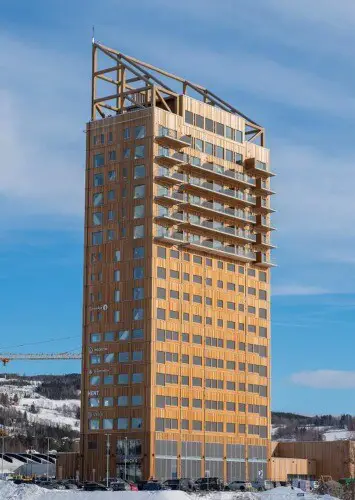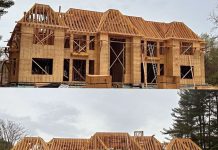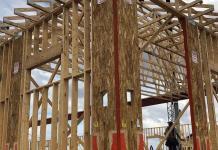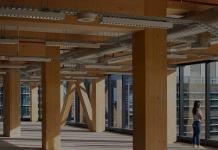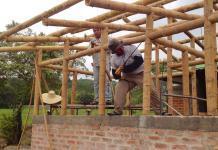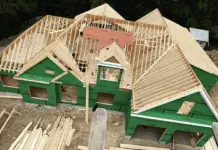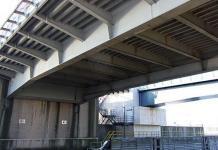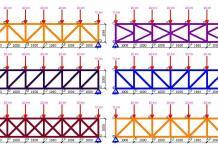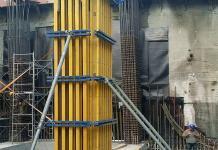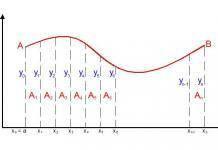In the late 19th and early 20th century, timber was used extensively in building construction, till the development of concrete and steel, which saw their use reduced. However, improvements in engineered wood products have resuscitated the use of timber in building construction.
Furthermore, environmental concerns, coupled with modern manufacturing technologies and prefabrication in timber that are able to produce building components that far exceed their old-growth ancestors, have enabled engineers to design and build larger and taller timber buildings than ever before [1].
However, the use of timber in building construction is not without problems and challenges. This is basically because timber is a natural and very complex material. Researchers from the Institute of Structural Engineering (IBK), Swiss Federal Institute of Technology (ETH) have highlighted some of the challenges of using timber in building construction. This was published in volume 227 of Elsevier- Engineering Structures journal.
According to the researchers, despite the numerous beneficial properties and benefits of timber buildings, there are some important challenges that must be highlighted, particularly for tall timber buildings. These are;
(1) Sensitivity to moisture: Timber is a natural grown, hygroscopic material which degrades significantly when it remains wet for a long time. From light swelling to complete loss of structural strength due to fungi attack, it is very important to design timber to remain protected from high moisture in its structural lifetime, particularly for highly loaded components.
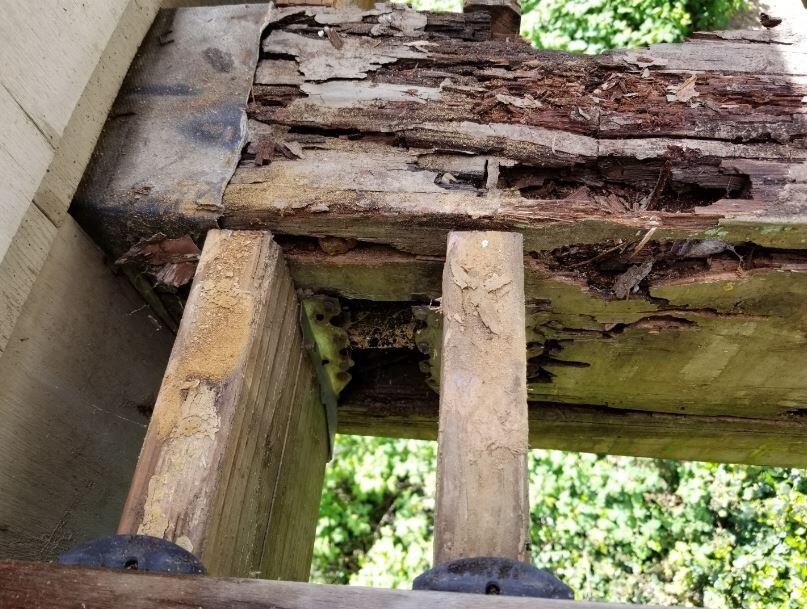
(2) Light weight: The timber used in construction is approximately 5 times less dense than reinforced concrete and 15 times less dense than structural steel. The direct advantage of a lighter building with smaller foundations has the pitfall of being much more sensitive to critical lateral loads as the height of the building increases.
(3) Orthotropic: As a natural grown material, the properties of timber are not the same in every direction. Timber is strong along the fibres, but very weak across them. Failing to address this can have catastrophic consequences.
(4) Low stiffness: The timber used in construction is approximately 3 times less stiff than reinforced concrete and 20 times less stiff than structural steel. At increasing heights this can have a severe impact on deflections, accelerations, and occupant comfort. Furthermore, and combined with the orthotropic behaviour, it becomes challenging to construct stiff, moment resisting connections.
(5) Brittleness: Any timber member under tension, bending and shear is brittle in failure, although with careful design ductility can be achieved, in particular in connections with steel fasteners. Brittle behaviour is particularly unwelcome when a structure is called to redistribute loads, for example in the case of an accidental event requiring robustness.
(6) System effects: Although this applies to all materials, the way loads are distributed in a system is less clear, particularly for heterogeneous timber components. In the case of large timber structures subject to abnormal loads and potential damage, better knowledge of system behaviour is important.
(7) Size effects: A significant overall strength reduction is possible in the case of a large structural element. This applies to all materials, however the size effects in very large timber elements are still rather unknown, with preliminary indications that they can be significant.
(8) Time effects: Timber creeps with time, which can be critical in heavily loaded structures like tall timber buildings. Differential settlement in hybrid buildings including loadbearing timber elements is even more challenging.
The above properties make the design of a timber building everything but straightforward, particularly at larger scales.
[Source] Voulpiotis K., Jochen K., Jockwer R., Frangi A. (2021): A holistic framework for designing for structural robustness in tall timber buildings, Engineering Structures, Volume 227 https://doi.org/10.1016/j.engstruct.2020.111432 (http://www.sciencedirect.com/science/article/pii/S0141029620340335)

